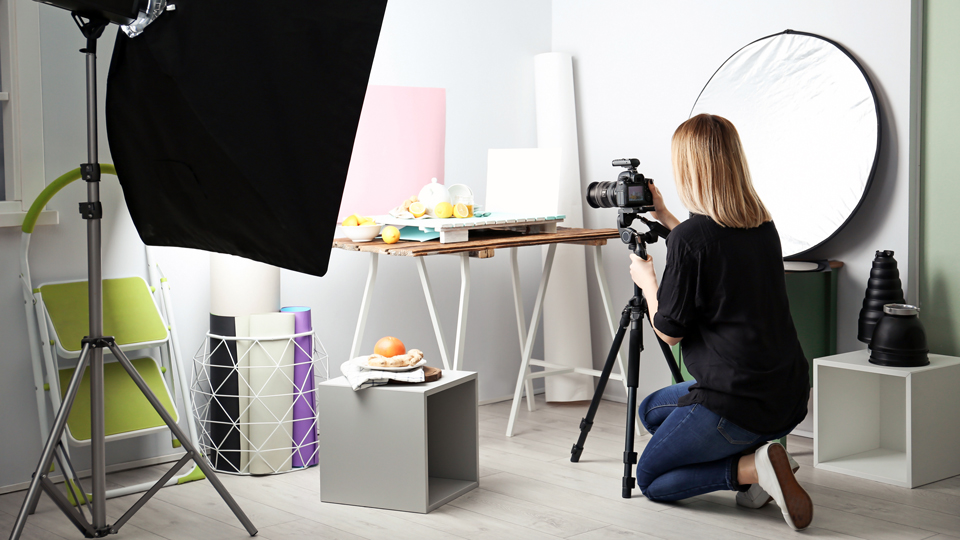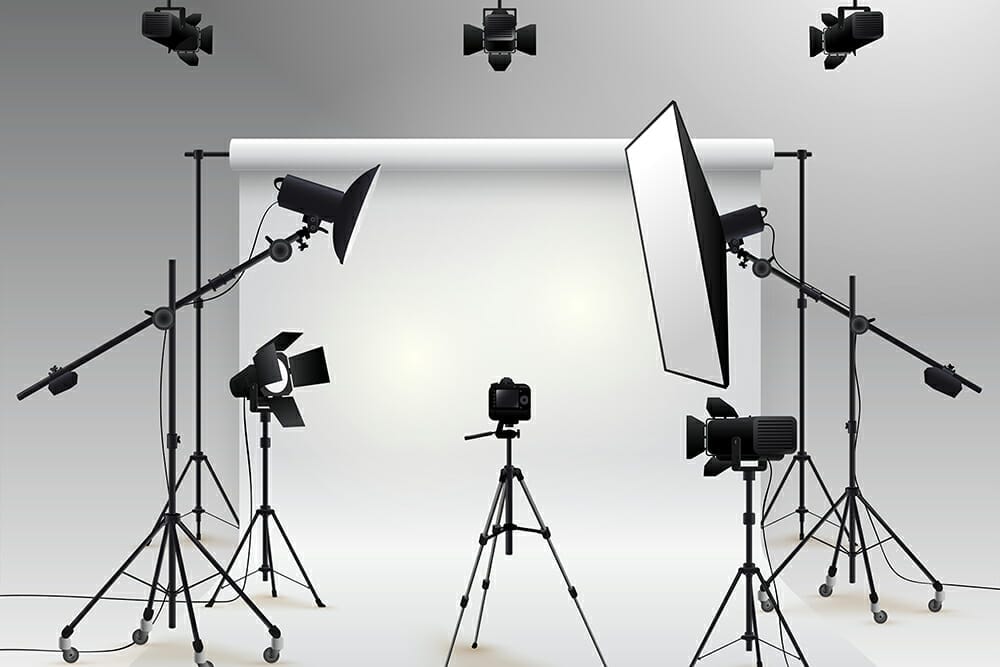Explore the Remarkable Types of Lighting in Photography
Photography is an art form that hinges heavily on the **lighting** conditions. The way light interacts with your subject can transform a standard image into an extraordinary one. If you're a **professional photographer**, you've probably pondered over what are the different types of lighting in photography. Here, we delve into the nuances of various lighting styles, techniques, and setups that can take your craft to new heights.
Understanding the distinct **types of lighting** available can be a game-changer for your photographic journey. Each lighting type serves its unique purpose, enhancing the composition, mood, and texture. Lets dive into the **unmissable**, **life-changing** aspects of lighting in photography.

1. Natural Lighting
One of the most accessible and **terrific** types of lighting is **natural lighting**. This is sunlight, which occurs during different times of the day and can create stunning effects. The golden hour right after sunrise and before sunset offers soft, diffuse light that is often sought after by photographers.
Looking for a more controlled environment? You might prefer **ambient lighting**. To learn more about how ambient lighting influences your photography, read our article on ambient lighting.

2. Artificial Lighting
In situations where natural light is simply inadequate, **artificial lighting** becomes crucial. It includes the use of **flash**, LED lights, and continuous lights. Knowing how to manipulate these sources can help you maintain consistency in your images, regardless of external conditions.
A classic option among professionals is **studio lighting**. Understanding how to set up your studio can be overwhelming but rewarding. To get a solid foundation on studio lighting, check out this guide on studio lighting.

3. Soft Lighting
Soft light is often friendly, leaving a flattering impression on your subjects. Its widely used in **portraits** and beauty photography. This type of lighting minimizes harsh shadows and allows for transitional effects that can be dreamy and ethereal. Using techniques such as bounce light can enhance the soft lighting effect.
For a deeper understanding of **soft lighting**, be sure to explore our article on soft lighting.

4. Hard Lighting
In contrast, **hard lighting** produces sharp edges and pronounced shadows, making it a fantastic choice for certain genres like **product photography**. It emphasizes textures and structures of the subjects effectively. Mastering hard lighting techniques can lead to breathtaking results that captivate viewers.
For product setups with hard lighting, you can refer to our guide on product photography lighting.
5. Dramatic Lighting
A combination of various lighting sources, **dramatic lighting** is characterized by high contrast and defined shadows. It can create a sense of urgency and intrigue, emphasizing the storyline behind the image. This style can elevate your [[portrait]] and event photography.
To get started with dramatic lighting, you might want to explore some tips on setting up lighting.
6. Broad Lighting
One particular method worth mentioning is **broad lighting**. This technique emphasizes the side of the face that is more illuminated, perfect for adding depth and interest in portraits. If you want to dig deeper into the concept, we have an in-depth look into broad lighting.
7. Flat Lighting
On the other hand, **flat lighting** occurs when light falls evenly across the subject. This technique is useful for creating a uniform look, particularly for commercial images. Be sure to understand when to use flat lighting effectively to avoid dull images.
Check our resources starting with flat lighting.
8. Back Lighting
Back lighting creates a halo effect around your subject. It enhances outlines and gives a dreamlike quality to the photograph. This technique can be tricky but when mastered, can produce stunning results.
9. Spotlighting
Spotlighting is an advanced technique where the main subject is lit while the rest of the environment is darker. Its fantastic for drawing attention to specific elements in your frame
Conclusion
In photography, **lighting** plays an indispensable role. By becoming proficient in different types of lighting, you can take your professional photography work to an incomparable level. Whether you choose natural or artificial lighting, each has distinctive qualities that can profoundly affect your photographs. Remember to practice, experiment, and find the style that resonates best with your vision.
As an Amazon Associate, I earn from qualifying purchases.
Frequently Asked Questions
- What is the best lighting for indoor photography?
- Are natural lights always better than artificial lights?
- How can I control shadows in my photography?

